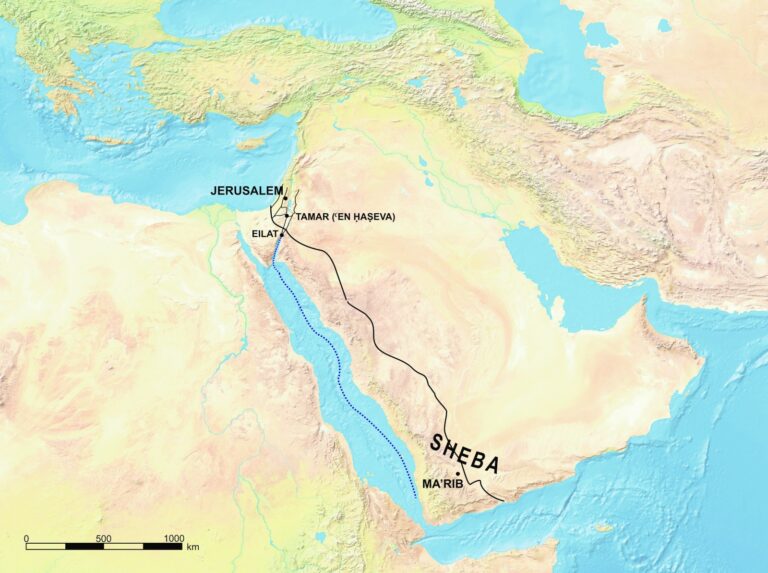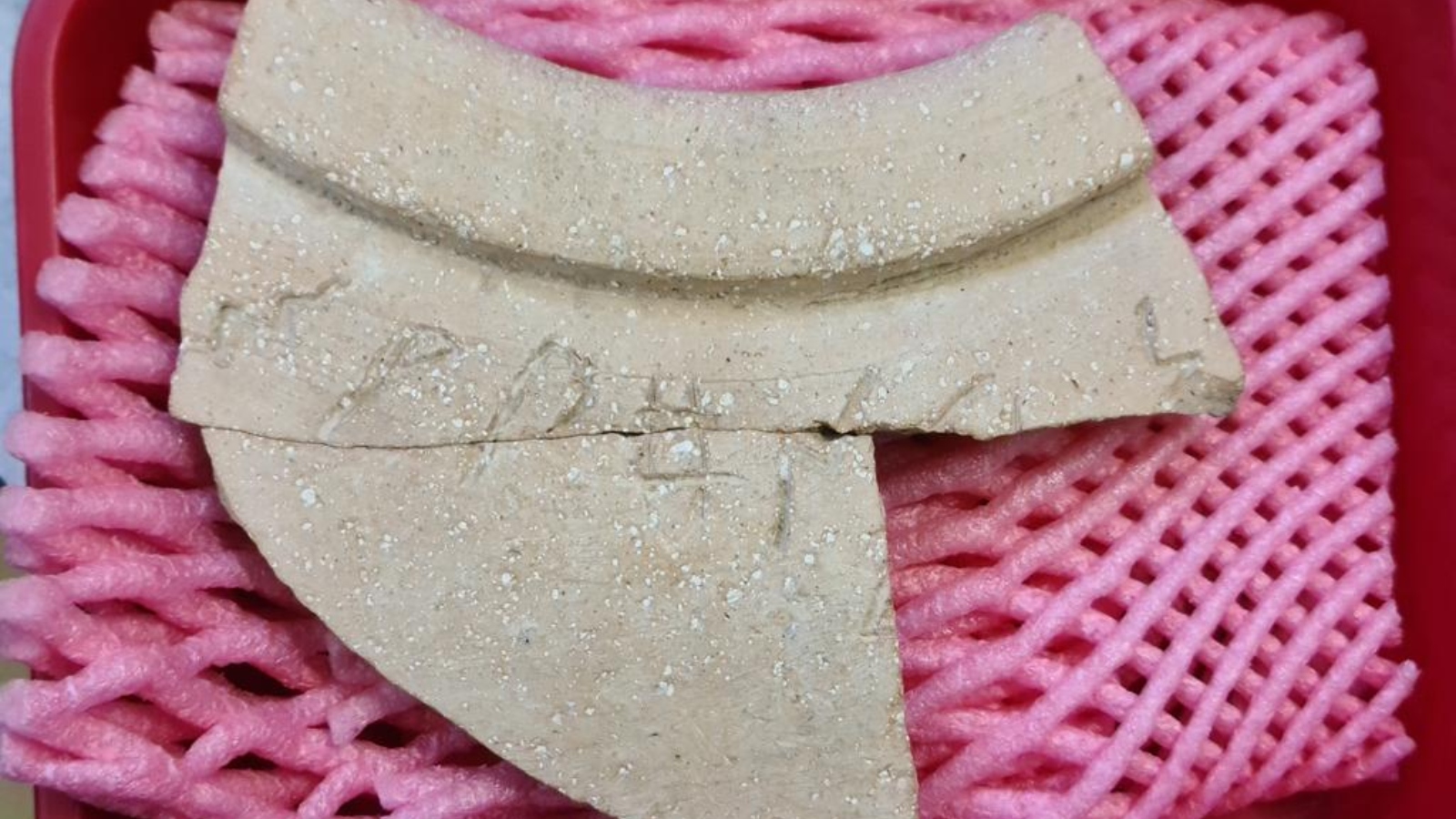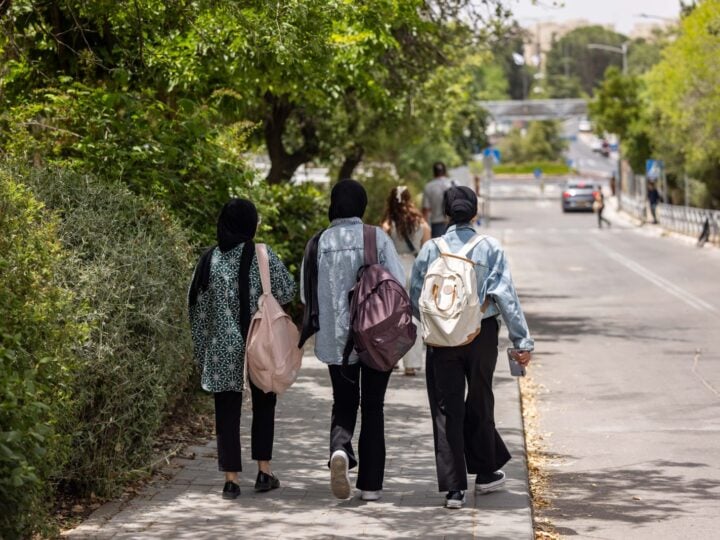Okay, we can’t say for sure whether the legendary romance between the biblical King Solomon and the Queen of Sheba – if she even existed – really happened.
But we do know that a speaker of Sheba’s Sabaean language was in Jerusalem during the reign of Solomon, who ruled ancient Israel from 970 to 931 BCE and built the First Temple in Jerusalem. The land of Sheba was in the area that is now Yemen.
In a new study published in Hebrew University’s Jerusalem Journal of Archaeology, Daniel Vainstub deciphered a partially preserved inscription found on the neck of a large jar dated to the time of King Solomon.
The jar was originally discovered with the remains of six other large jars during excavations in 2012 in the Ophel area south of the Temple Mount led by the late Eilat Mazar from the Institute of Archeology of the Hebrew University of Jerusalem.
From the original inscription, only seven letters survived and researchers could not agree on what it may have said, and in which Canaanite script it was written.
Vainstub determined that the script is ancient South Arabian, used in the part of the Arabian Peninsula where the Kingdom of Sheba was dominant at that time.
According to his interpretation, the inscription on the jar refers to one of the four ingredients mentioned in the Bible (Exodus 30:34) as required for the Temple incense mixture.
It appears that the pottery jar was produced around Jerusalem and the inscription was engraved before it was sent for firing by a speaker of Sabaean who was involved in supplying the incense spices.

During the 10th century BCE, the Kingdom of Sheba developed advanced irrigation methods for the fields growing the plants used to make perfumes and incense.
King Solomon is described in the Bible as controlling the trade routes in the Negev, which Sabaean camel caravans carrying perfumes and incense plants passed through on their way to Mediterranean ports for export.
“Deciphering the inscription on this jar teaches us not only about the presence of a speaker of Sabaeanin Israel during the time of King Solomon, but also about geopolitical relations in our region at that time — especially in light of the place where the jar was discovered, an area known for also being the administrative center during the days of King Solomon,” Vainstub said.
“This is another testament to the extensive trade and cultural ties that existed between Israel under King Solomon and the Kingdom of Sheba.”

















